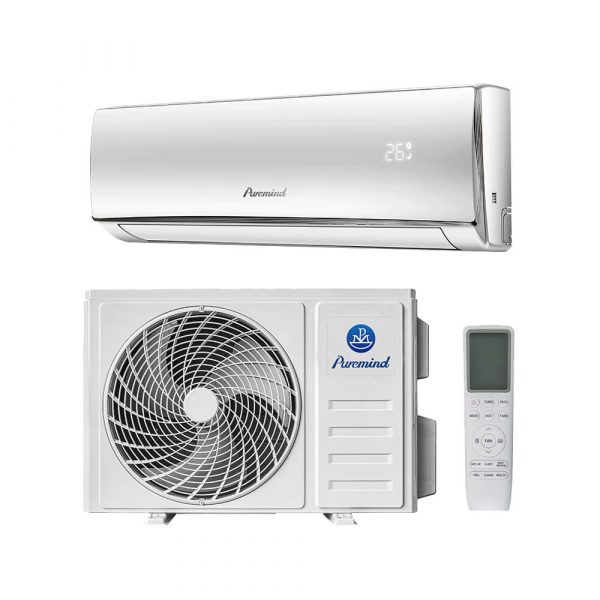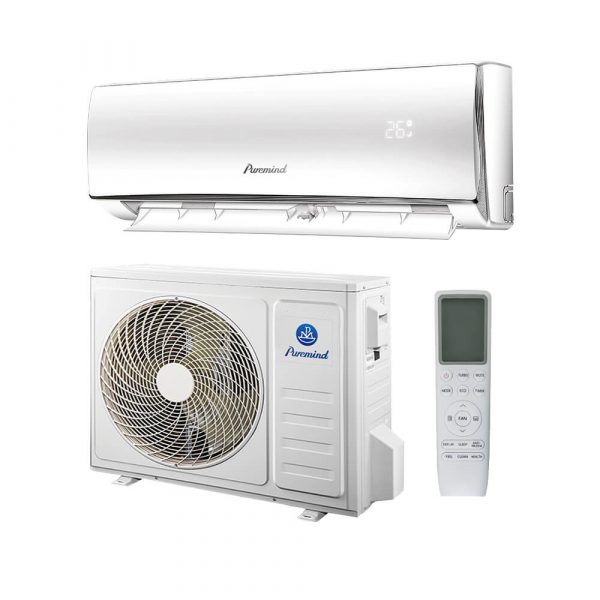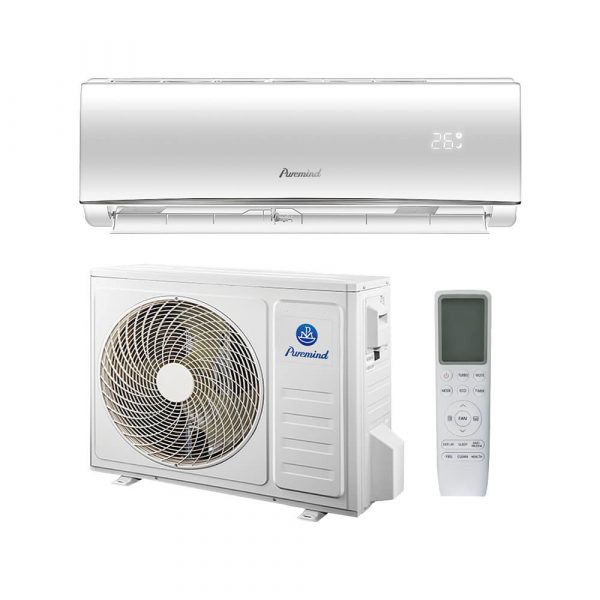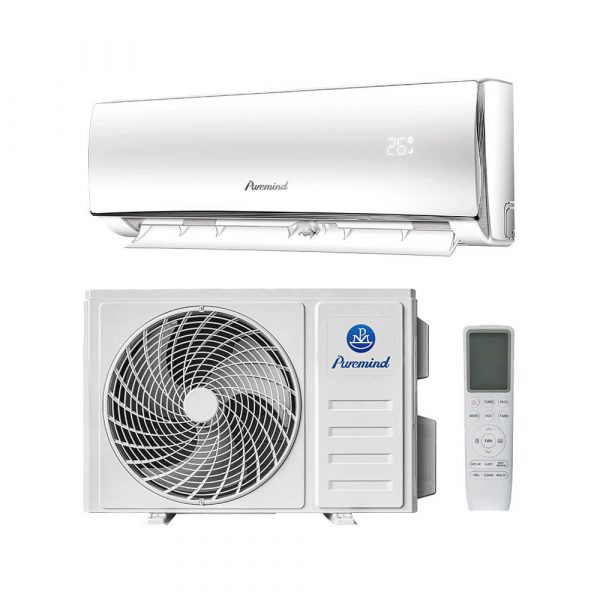Air Conditioner Temperature Split Explained: What B2B Buyers Need to Know
In commercial HVAC diagnostics and system optimization, the term “air conditioner temperature split” is more than just technical jargon—it’s a key performance indicator (KPI). For property managers, building engineers, and facility maintenance teams, understanding this concept can improve energy efficiency, prolong system lifespan, and reduce operating costs.
This article explains what temperature split is, how it’s measured, what it reveals about system health, and how to use it in your B2B HVAC decision-making.
What Is Air Conditioner Temperature Split?
The temperature split refers to the difference between the return air temperature entering the indoor unit and the supply air temperature leaving the unit. It is measured across the evaporator coil and indicates how well the air conditioner is cooling the air.
Formula:
Temperature Split (°F or °C) = Return Air Temp – Supply Air Temp
For example, if the return air entering the evaporator coil is 78°F and the air coming out is 58°F, the temperature split is 20°F. This is considered optimal for most systems.
Why Temperature Split Matters in Commercial HVAC
Monitoring temperature split provides several operational and diagnostic benefits:
- Verifies system efficiency: A proper split indicates optimal refrigerant charge and airflow.
- Detects performance issues: Low or high splits can signal refrigerant leaks, dirty filters, or coil obstructions.
- Improves preventive maintenance: Temperature split tracking can help schedule cleanings and tune-ups.
- Supports energy audits: Helps identify units consuming more energy than expected.
What Is a Normal Temperature Split?
The expected temperature split range depends on system type, ambient humidity, and airflow volume. Typical commercial units operate within the following guidelines:
| System Type | Normal Temp Split (°F) | Normal Temp Split (°C) |
|---|---|---|
| Residential / Light Commercial Split AC | 18–22°F | 10–12°C |
| Packaged Rooftop Units | 17–21°F | 9–11°C |
| VRF / Multi-Split Systems | 16–20°F | 9–11°C |
How to Measure Temperature Split
To measure the temperature split accurately:
- Turn on the AC system and let it run for 10–15 minutes.
- Use a calibrated digital thermometer or thermocouple probe.
- Measure the return air temperature (before the evaporator coil).
- Measure the supply air temperature (after the evaporator coil).
- Subtract the supply temperature from the return temperature.
Measurements should be taken at the duct plenum or filter grille for best results. Always measure at the same locations for trend tracking.
What Can a Low or High Temperature Split Indicate?
Deviations from the normal range often point to mechanical or environmental issues. Here’s what different results may indicate:
| Temperature Split | Possible Causes |
|---|---|
| <16°F (Low) |
|
| >24°F (High) |
|
Applications for B2B Buyers and Facilities Managers
- Preventive Maintenance: Use temperature split readings as part of routine HVAC checkups.
- Equipment Sizing: Confirm if the installed system is properly matched to room load requirements.
- Energy Optimization: Spot inefficiencies before they affect energy bills or occupant comfort.
- Troubleshooting: Diagnose service calls faster and avoid unnecessary component replacements.
Tools Required for Measurement
- Digital thermometer or probe-type HVAC thermometers
- Humidity sensor (for accurate psychrometric assessment)
- Access to ductwork or airflow path with minimal interference
Integrating with Split System Air Conditioners
Temperature split tracking is especially useful for modern inverter split systems. These units self-regulate output based on cooling demand, and monitoring split temperature helps verify real-time performance and refrigerant health.
To browse inverter-grade and energy-efficient split systems, visit:
Puremind Split Air Conditioner Collection
All models are engineered for commercial-grade operation, with options for BMS integration and advanced diagnostics.
Conclusion
Air conditioner temperature split is a vital performance metric that should not be overlooked—especially in B2B environments where energy efficiency and reliability are top priorities. Whether you’re managing HVAC maintenance, specifying systems for a new building, or optimizing an existing fleet of split units, regular monitoring of temperature split can lead to better decision-making and operational savings.
To learn more or get help selecting a high-efficiency split system, visit Puremind’s Commercial HVAC Solutions.







